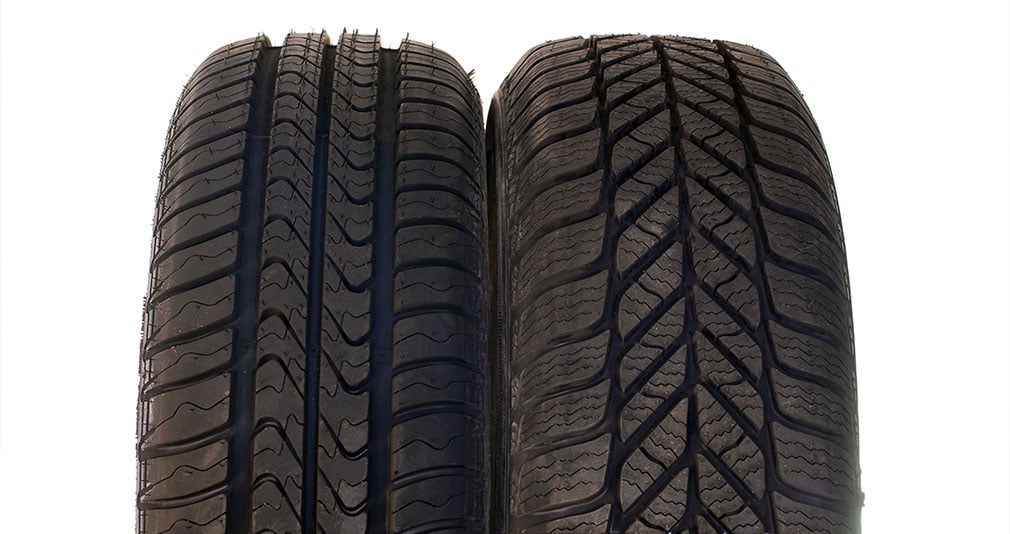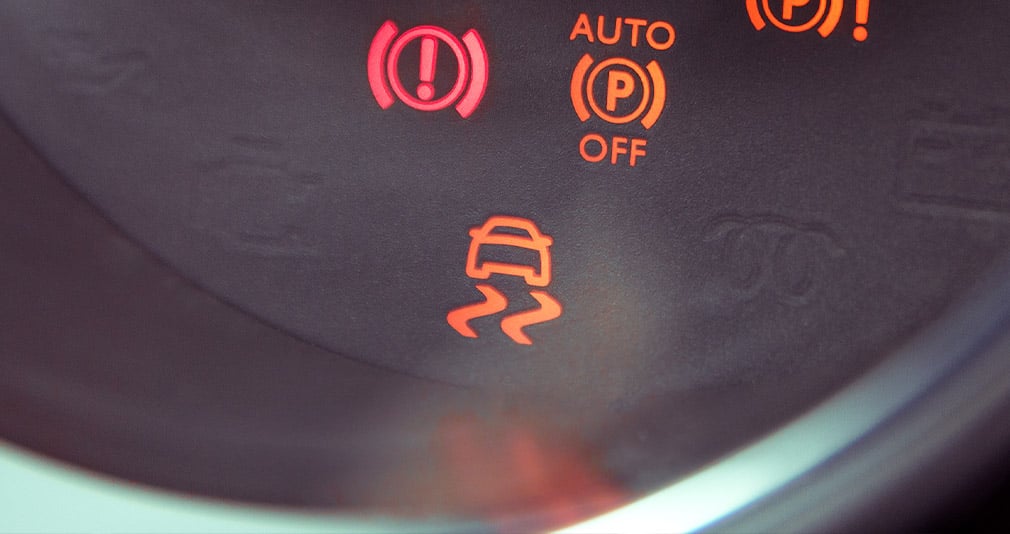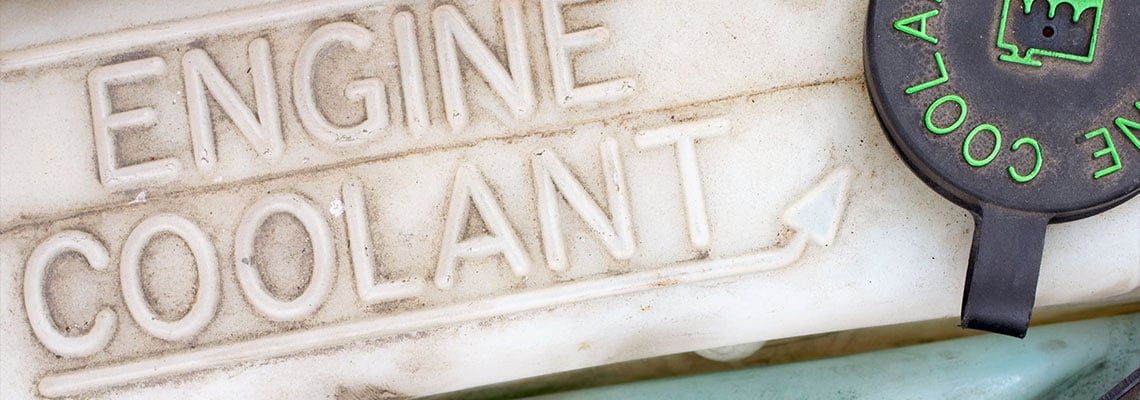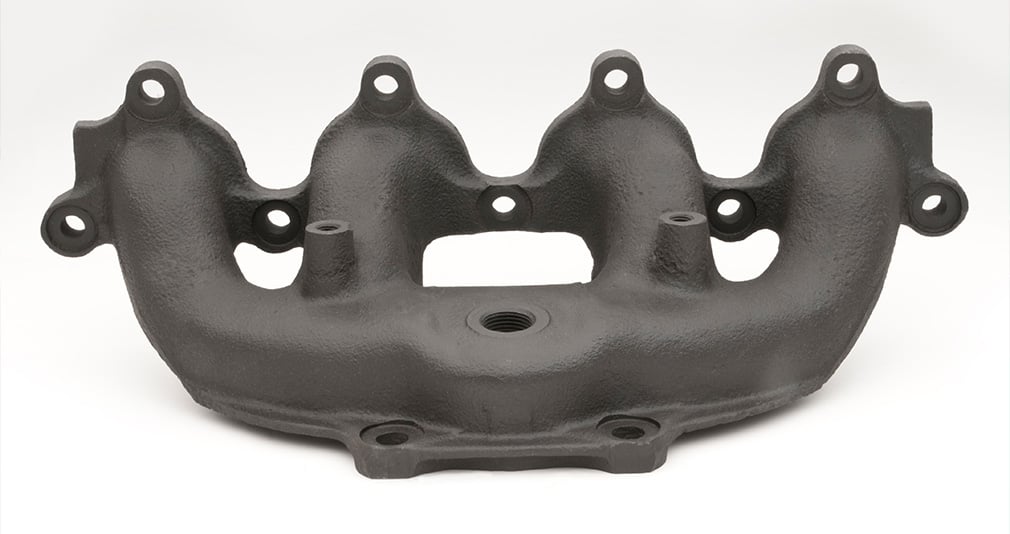Winter tires are a necessary part of living and driving in Cleveland, but many drivers find it frustrating to mount winter tires only to swap them out a few months later. Wouldn’t it be easier to just leave the winter tires mounted all year long?
Unfortunately, keeping winter tires on your car through the summer isn’t recommended and can negatively affect your car’s performance. It’s safer and more cost-effective to change out your winter tires when the weather heats up. Here’s why...
Are Winter Tires Safe to Use in the Summer?
Winter tires, which can be either studded or non-studded, are designed to maintain traction in the extreme cold and on icy or snowy surfaces. The rubber of the tire is softer, allowing them to remain flexible while interacting with winter roads. The deeper treads are also uniquely designed to find grip on roads that could cause normal tires to skid.
Winter tires are designed for use when the temperature drops below 45 degrees Fahrenheit. Once the weather is consistently above 45, it’s time to switch to summer or all-season tires. Winter tires used in summer are dangerous and costly because of issues such as:
- Faster wear: Winter tires are made for traction and functionality, not longevity. The tread on winter tires is soft and flexible. That’s great for icy roads, but on warm, dry asphalt, they will experience accelerated wear.
- Compromised handling: Winter tires are soft and squishy, which gives them traction and grip on slick surfaces, but this perk becomes a liability on dry, warm roads. Winter tires are unable to respond as quickly as summer tires. Cornering, acceleration and braking can all be affected by the use of winter tires and may also cause your traction control system to work overtime. Not only do you lose maneuverability when using winter tires in the summer, you also risk reduced reaction time, increasing the likelihood of an accident.
- Decreased performance: Winter tires have increased rolling resistance. Because of this, using them during the summer means that your engine will have to work harder to perform compared to a car with summer or all-weather tires. You’ll also end up paying more to keep your gas tank full.
Using summer or all-season tires, which are designed to withstand the warmer surfaces, during warm weather will save you money in the long run through decreased wear. Using winter tires during warm weather means you’ll need to replace your tires much more frequently than you would if you’d used tires that were appropriate for the season.
One way to simplify the tire-changing process is to purchase wheels with the same diameter and bolt pattern as your current wheels. Mount your winter tires on these wheels and store them until they’re needed. A technician will be able to swap the wheels out quickly and often inexpensively compared to remounting tires alone. You’ll also extend the life of your winter tires, which can last four to six seasons if used correctly.
At the end of the winter season, simply clean away any accumulated dirt and debris then store the tires in a cool, dark, dry space until next winter. If your tires don’t have rims, they should be stored upright in a plastic bag. If they are on rims, you should stack them.
Why Tire Care Is Important
Your car’s tires interact with the road every time you drive. Making sure they are properly maintained keeps you safe on the road.
When checking your tire pressure, always use the psi guide on the inside of your vehicle door, rather than the guide on the tire itself. This method will give you the most accurate pressure for your specific make and model of vehicle, which will extend the life of your tires and save you money on gas. Under- or over-inflated tires are at higher risk of a blowout.
Tread depth is another important part of tire maintenance. Thin or worn tread can make your car unsafe to drive and can lead to decreased performance. Use a tread measure to inspect your tires, and get them replaced as soon as the treads are below a safe depth. Because winter tires have deeper treads than summer or all-season tires, you should check the maintenance guide for the correct tread depth.
Getting your tires rotated regularly will help them to wear down evenly, decreasing your chances of a flat and saving you money when it comes time to replace the tires. (Buying four at once is often more affordable than replacing one tire at a time, thanks to full-set discounts.)
Tire maintenance is one aspect of a properly maintained car. Keeping your vehicle on a routine maintenance schedule will extend the life of its components and prevent the stress, headache and cost of sudden car trouble. Have the technician visually inspect your vehicle when it’s brought in for work to help identify any repairs that need to be done before they become major expenses.
Bring Your Car to a Mechanic You Trust
Building a positive relationship with an auto repair shop goes a long way toward setting you (and your vehicle!) up for success. When you have a technician you can rely on to be honest and fair, you’ll be more likely to bring your car in at the first sign of trouble, rather than waiting until something catastrophic happens.
While it’s tempting to take shortcuts when it comes to car maintenance, the only thing you’ll really be doing is setting yourself up for more expenses and stress in the future. Some things, like swapping out your winter tires for summer ones, may seem inconvenient, but the reality is that by not doing it, you’ll be risking your safety and emptying your wallet every time you drive.















